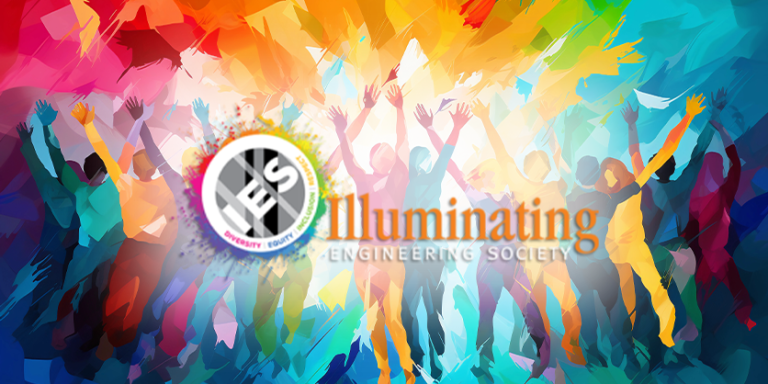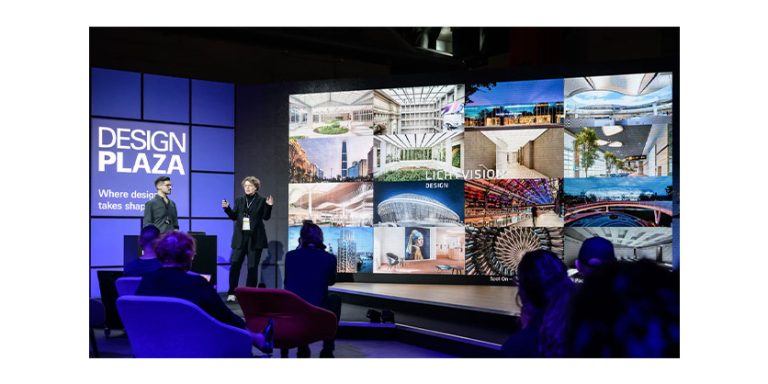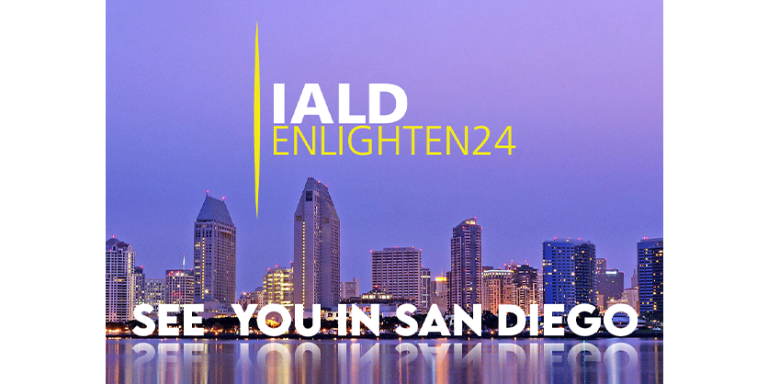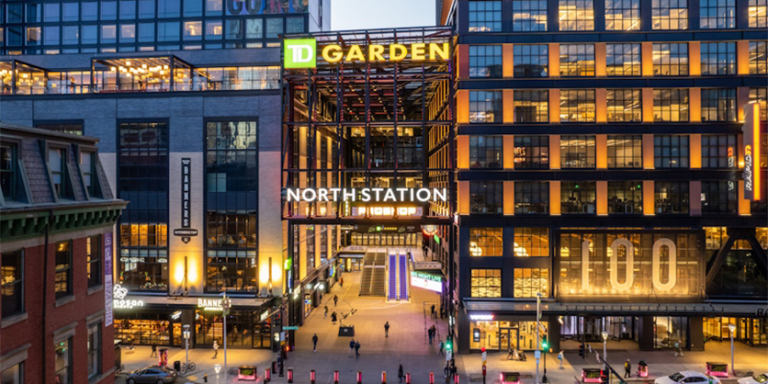IES & DOE 2024 Research Symposium: Research Trends for Next-Generation Lighting Tools
February 7, 2024

Symposium Dates: 15 – 16 May, 2024
Location: OMSI, 1945 SE Water Ave, Portland, OR 97214
New this year! The IES and US Department of Energy will co-host the biennial Research Symposium.
This event is structured to address specific areas of interest through invited participation of internationally recognized experts who present the most current knowledge on the topics. As in all our events, we seek to engage and collaborate with the broad diversity of interests contained within the lighting research community.
The 2024 Symposium will offer an expanded focus on research trends for next-generation lighting tools, new recommendations and methods to evaluate health impacts, innovative approaches to environmental stewardship and support of sustainable lighting practices, novel tools for post-occupancy evaluations, and design for resiliency.
Registration Now Open. Early bird prices end February 12, 2024!
Wednesday May 15
| 8:00a.m. – 9:00a.m. | Registration Opens; Breakfast (coffee & baked goods) |
| 9:00 a.m. – 9:15 a.m. | Welcome/Introductory Remarks |
| 9:15 a.m. – 10:45 a.m | Ecological Considerations Creating sustainable luminous environments demands a thorough understanding of lighting’s impacts on both human well-being and our broader ecosystems. In this panel, we bring together a diverse group of practitioners, researchers, and lighting manufacturers to advance the dialogue on how the lighting industry can significantly reduce its negative ecological impacts. Moving beyond solely a discourse on energy use, we explore current research and practices that highlight the role of lighting in addressing climate change through embodied carbon reduction and the mitigation of anthropogenic light at night (ALAN). This session is a platform for deepening the understanding of current sustainable lighting practices and our vital role in environmental stewardship. |
| 10:45 a.m. – 11:00 a.m. | Break |
| 11:00 a.m. – 12:30 p.m. | Design for ResiliencyThe improved efficiency and robustness of LED lighting enables greater resiliency in lighting systems, and this session will explore the latest thinking on design for resiliency. Reduced power consumption means there is reduced reliance on power sources and greater potential for local renewable energy or battery power. As a critical service, the resiliency of lighting systems should be considered as part of the lighting design, selection, and installation process. Considerations of resiliency include mechanical and electrical resiliency, usability, and reliability in the face of natural and man-made adverse events. Moderator: Morgan Pattison |
| 12:30 p.m. – 1:30 p.m. | Lunch |
| 1:30 p.m. – 3:00 p.m. | L-Prize InnovationThe DOE L-Prize competition is designed to spur ground-breaking innovation for next-generation lighting in commercial buildings. DOE deliberately set the bar high, with ambitious innovation goals for efficiency, sustainability, connectivity, and more. Six winning prototypes demonstrated extraordinary performance and capabilities, and this session will gather these leading-edge innovators to explore what they see as the biggest remaining challenges, and what this prize teaches us about future research needs. |
| 3:00 p.m. – 3:30 p.m. | Break |
| 3:30 p.m. – 5:00 p.m. | Topic TablesThis is your opportunity to provide input to IES and DOE! Registered attendees will select a single research topic from the provided list for small-group discussion. Each group will examine why this topic is important and what the technical challenges are. Some “questions to consider” will be provided for each topic to help spur the discussion. The inputs from each group will be used to guide planning for future IES and DOE research activities as well as IES technical committees. |
| 5:00 p.m. – 7:00 p.m. | Happy Hour |
Thursday May 16
| 8:00 a.m. – 9:00 a.m. | Breakfast (coffee & baked goods) |
| 9:00 a.m. – 10:30 a.m. | Light and Health: Translating Research into RecommendationsFor more than two decades, the academic research community has been investigating the impact of light on human health and well-being. While this remains an active area of research, new recommendations for indoor light exposure have emerged, considering the sensitivity of the human circadian, neuroendocrine, and alerting responses to light. This session provides an overview of the latest research findings, how these findings have been integrated into current recommendations for indoor light exposure, and finally, how these recommendations translate to lighting design and practice. |
| 10:30 a.m. – 11:00 a.m. | Break |
| 11:00 a.m. – 12:30 p.m. | Next-Generation Lighting ToolsAs the lighting industry evolves, so do our tools. Artificial intelligence is impacting design and is poised to be integrated into industry practice and processes. This session will address new products and software that are adapting to meet new market expectations. The internet, electronics, and telecom industries are converging with lighting with the intent of adding it to their offerings. Trends including decarbonization, lighting for health, and a circular economy are triggering new standards and regulations that provide guidance and guiderails for lighting professionals. Join knowledgeable experts for a discussion of the next generation of tools available and needed for architectural lighting to meet current and future demands. Moderator: Mark Lien |
| 12:30 p.m. – 1:30 p.m. | Lunch |
| 1:30 p.m. – 3:00 p.m. | Novel Methods for Post-Occupancy EvaluationsPost-occupancy evaluations are somewhat common practice for measuring the success of a lighting project, testing a design hypothesis, or identifying lessons learned for future designers. Historically, these evaluations have linked relatively static estimates of lighting quantities to occupant feedback collected from surveys or interviews; however, new technology has enabled more sophisticated assessments of increasingly capable daylighting and electric lighting systems. This session will highlight novel methods for characterizing occupant light exposure and discuss how these methods can deepen our understanding of the relationship between lighting conditions in real-world applications and occupant outcomes. |
| 3:00 p.m. | Closing Remarks |
More information available here








